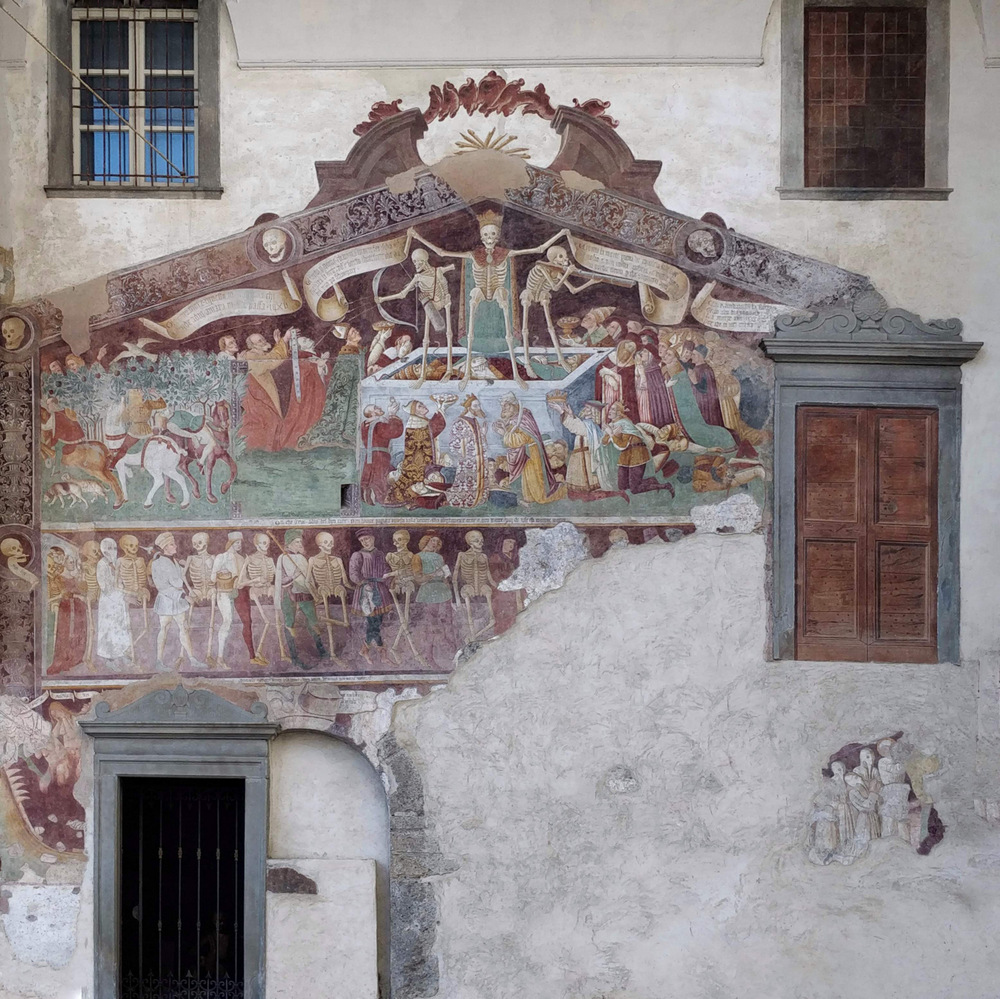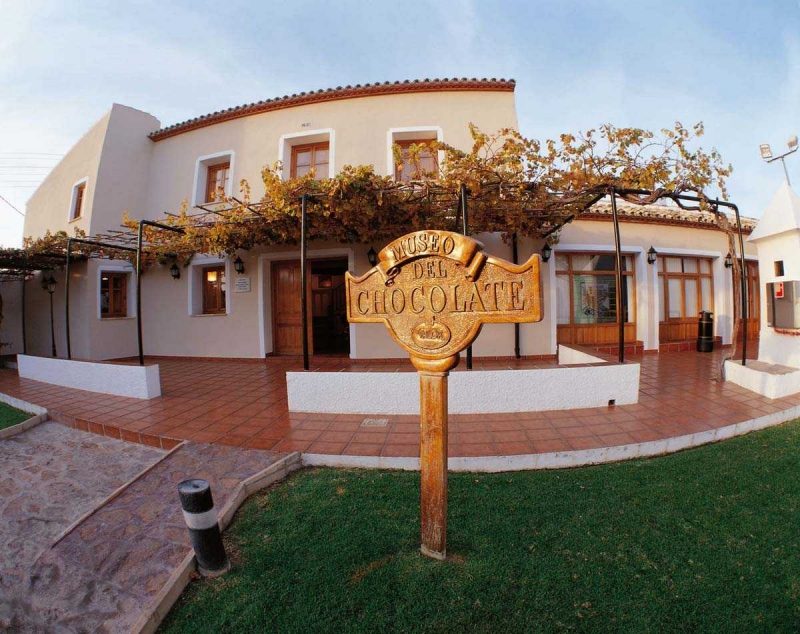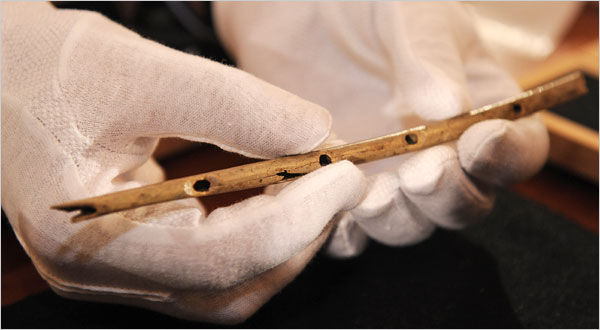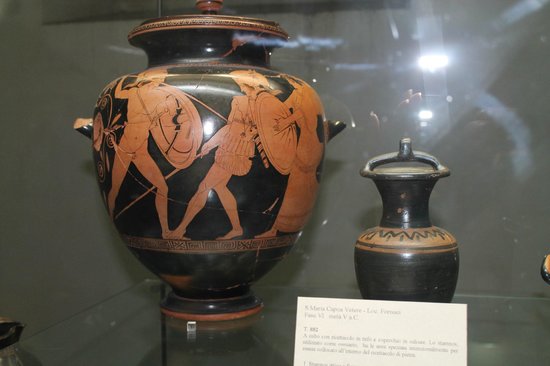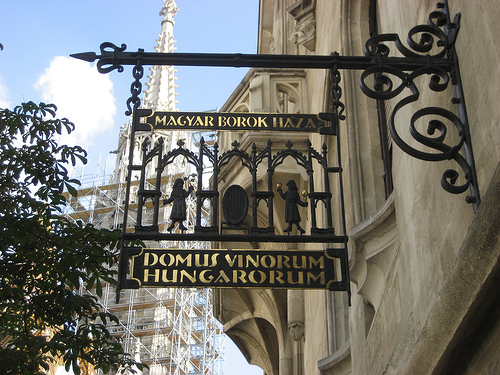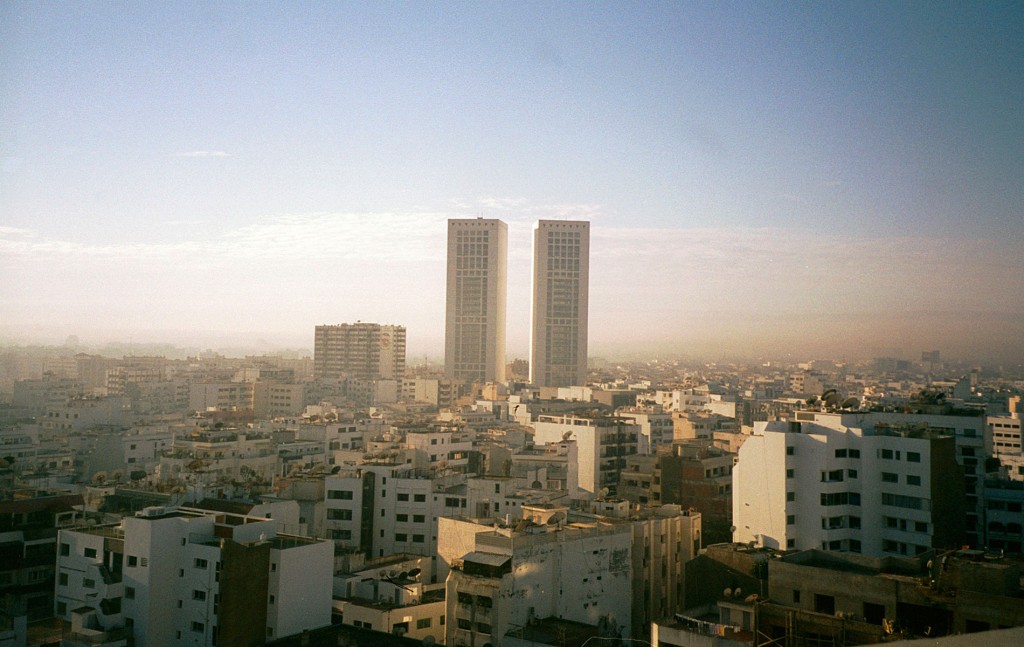The fresco, painted by Giacomo Borlone de Buschis between 1484 and 1485, is part of the iconographic trend of the triumphs of death (or macabre dances) so popular in the Alpine and Franco-German areas from the late Middle Ages onwards.
These representations served as memento mori, that is, visual reminders aimed at reminding everyone of the transience of life and its ineluctable defeat before the arrival of death. The iconography is very simple, precisely because the message had to be impactful and immediately comprehensible: no matter the social rank and wealth possessed, no one can overcome death. de Buschis develops his Triumph on three registers, still visible today.
The first sees Death at the centre, standing over a broken tomb, depicted as a great queen. In the great tomb lie the bodies of popes and emperors, surrounded by snakes, toads and scorpions, emblems of pride and sudden death. This expedient, as well as the inscriptions on the scrolls she holds in her hands, once again reiterate the concept: Death spares no one.
